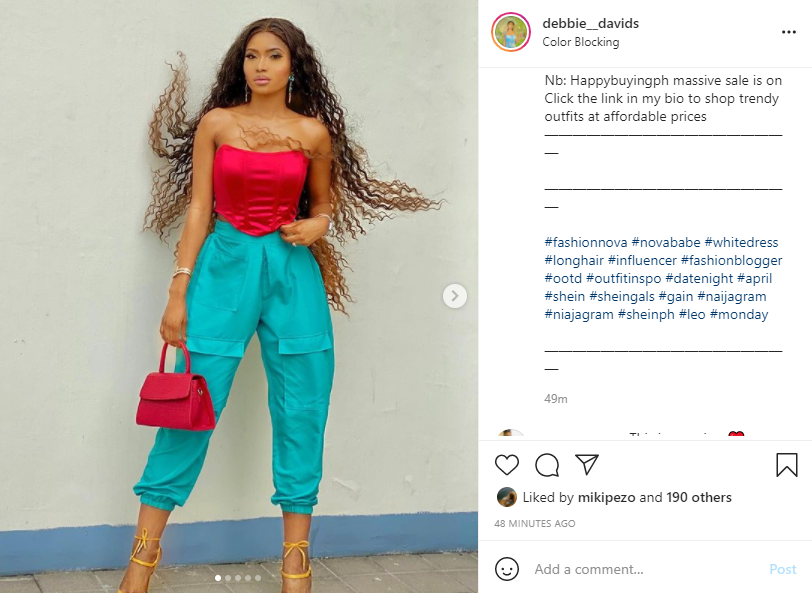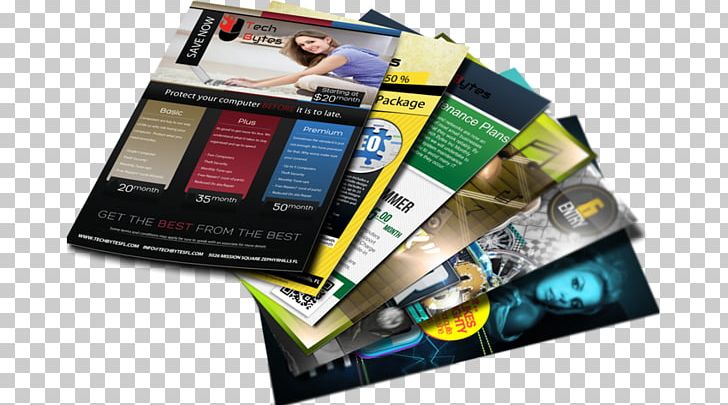
Digital media advertising is a revolution in the last decade. By 2025, digital media advertising will account for 60% of all global advertising spending. The shift away from passive consumption of content to more active experiences has been a major part of this transformation. As a result revenues have consolidated onto large technology platforms like Google or Facebook.
Digital advertising is now more effective because of the use of real-time programmatic ads technology. This has made it possible to deliver better ads and create a more tailored experience for customers. This has resulted in a progressive concentration on revenues by Big Tech firms. Google has been recognized by the Competition and Markets Authority, (CMA), as the most dominant participant in the digital advertisement ecosystem.
Additionally, data-targeting techniques have helped increase advertising images. This sounds great but it is important that you remember that such techniques are not magic bullets. Due to the complexity of bidding, it can be difficult to measure ad effectiveness.

With more and more consumers accessing the internet through their mobile devices, advertisers are shifting their focus to social media channels. Third-party advertising placements such as popup ads are being used by advertisers to reach a wider audience.
Digital advertising is constantly evolving, but we don't know what the future of this medium holds. For now, it is necessary to map the digital ecosystem and identify key players in your local market.
Before a business begins to invest in digital media, it should first define its goals. They should also include quality and quantity measures. For engagement goals, the most popular KPIs include reviews, registrations and subscriptions. A landing page with the right brand identity will be optimal.
A communications brief should be given to all involved parties, including advertising agencies. It should emphasize the importance of engaging customers and target audiences and challenge media agencies in finding the most appropriate channels. A meeting with the media sales staff is a good idea.

An important aspect of any communications brief includes a clearly defined media planning process. You can make sure that your media purchases are profitable and help your business reach its goals by having a clear process.
Ultimately, the most successful digital media advertising strategy involves a combination of quality and quantity. The most important aspect is to choose media that will drive enough change in consumers' behaviours to impact sales. This could mean using display ads or social media to reach consumers most interested. It doesn't really matter what the media strategy may be, it will still need regular monitoring and review.
Last but not least, regulators have a significant impact on the ecosystem. The proliferation and impact of privacy issues on digital media advertising has had a profound effect on digital media advertising. Regulatory considerations can have significant impacts on the ecosystem.
FAQ
How can I choose my target audience
Start with yourself and those closest to your heart. If you don’t know where or how to start, ask yourself "Whom are I trying to reach?"
Ask yourself these questions: Who do you consider the most influential in your industry? What are their daily problems? Which are the smartest people working in my field? Where do they hang out online?
Go back to the beginning when you started your business. What motivated you to start your business? How did you solve the problem?
These answers will help identify your ideal clients. This will allow you to learn more about your ideal customers and their motivations for buying from you.
For clues on who your competitors cater to, check out their websites and social media pages.
Once you've identified your target customers, you'll need to decide which channel(s) to use to reach them. For example, if your company provides services to real estate agents, you might create an informational website targeting home buyers.
A blog could be created if your software is offered to small businesses.
If you sell clothing, you could create a Facebook page for teens. A Twitter account could be set up by restaurant owners to allow parents to search for places that are kid-friendly.
This is the point: There are many ways to communicate your message.
What is the best way to advertise online?
Internet advertising is a key part of any business strategy. It helps companies reach potential customers at a low cost. There are many forms of internet marketing. Some advertising is free and others are paid.
There are several options for advertising on the internet. These include banner ads, pop-up advertisements, search engine optimization (SEO), PPC (pay-per-click) advertisements, social media and mobile marketing. Each method has its advantages and disadvantages.
What is the primary purpose of advertising?
Advertising isn't just about selling products. It's also about creating an emotional connection among your customers and you.
Advertising is about communicating values and ideas to people who are interested in your products or services. It's about changing people's attitudes. It's all about building relationships.
It's all a matter of making people feel good.
You can't sell to your customers if you don’t know their needs.
So before you start any advertising project, you should first understand your customer's needs and wants, and buying habits.
This will allow you to create ads that resonate with your target audience.
What should you know about radio advertising
Understanding how different media interact with each other is crucial. It is important to understand that all media forms are complementary and not competitive.
Radio is best used to complement television advertising. It enhances television by reinforcing important messages and providing additional details.
Radio listeners are often not able to handle long TV commercials. Radio ads are typically shorter and less costly.
What is an advertising campaign?
An advertising campaign is a series of advertisements designed to promote a product or service. It can also refer entirely to the production of such ads.
"Ad" is a Latin word that means "to sell." Marcus Terentius Varro (116–27 BC), the first known user of the term "ad" used it to mean "to make sales."
Advertising campaigns are most often done by large agencies or businesses. Advertising campaigns can involve many media types, such as television, radio, print, and the internet.
Advertising campaigns typically last for several months and have specific goals. Advertising campaigns can have different goals. Some are focused on increasing sales while others generate awareness.
What should you know about printing advertising?
Print advertising is an effective medium for communicating with consumers. Print advertising is used by many companies to promote their products and services. The goal is to get the consumer's attention.
Print ads are typically short (1 page) and usually include text, photos, logos, or other graphics. They may also include sound, animation, video, and hyperlinks.
Here are the main types and classifications of print advertising:
1. Brochures – These are large format printed pieces that are intended to draw people into stores. Brochures can often be adorned with brightly colored images and eye-catching designs.
2. Catalogues are smaller versions than brochures. These are typically sent to customers who ask for specific information.
3. Flyers – These are small pieces made of paper that are distributed at events, such as fairs or concerts. These flyers are usually free, but they must be purchased if given to retail outlets.
4. Posters – These are larger versions than flyers. They are displayed on walls, fences, and buildings. They are usually created using computer software programs designed to catch passersby's attention.
5. Direct mail – This is a direct mailing of letters or postcards directly to customers. These are sent periodically by companies to remind current customers about their business.
6. Newspaper Ads are placed in newspapers and magazines. They are usually quite long and contain both text and images.
What is the best way to learn about television advertising?
Television advertising is an extremely effective medium for reaching many people at once. It was also expensive. It is powerful, however, if it is used well.
Although there are many types, TV ads share certain common characteristics. When planning any TV ad, the first thing you should do is ensure that it fits within its category. Do not attempt to run a lifestyle advertisement as a product advert. Your message must be consistent throughout the campaign.
Second, prime-time hours are the best times to air your ads. This is because viewers tend to watch TV while sitting down in front the television. You want them relaxed enough that they can focus on you words.
You don't have to be rich to achieve great results. Actually, it could be the contrary. According to a University of California study, commercials that aired on popular TV shows had lower sales than those that aired on unpopular programs. So, if you spend a lot of money on TV advertising, ensure you do it right.
Statistics
- It's 100% reliant on your website traffic. (quicksprout.com)
- Advertising's projected distribution for 2017 was 40.4% on TV, 33.3% on digital, 9% on newspapers, 6.9% on magazines, 5.8% outdoor, and 4.3% on radio. (en.wikipedia.org)
- This means that at least 50% of an ad needs to be shown on the screen for at least one second. (quicksprout.com)
- In 1919 it was 2.5 percent of gross domestic product (GDP) in the US, and it averaged 2.2 percent of GDP between then and at least 2007, though it may have declined dramatically since the Great Recession. (en.wikipedia.org)
External Links
How To
How to make Sponsored Ads on Facebook
Facebook has been one of the most popular social media platforms. The global population is 1.79 billion. It keeps growing each day.
Facebook is completely free. However, you will need to pay to reach your target audience. Paid advertising options include promoted posts and banners.
Log into the existing app if you already have it registered. Click "Create New App" if you don't have an app already registered. These are the steps to follow:
-
Click "Add Platform" under the Apps section.
-
Click Continue, then select "Advertising".
-
Fill out the form and submit it.
-
After approval you will receive a ClientID and Secret key. Copy them.
-
Then, copy the keys into the appropriate areas.
-
Type the campaign name and choose the currency.
-
Click "Begin Campaign".
-
Follow the steps until the banner appears. The URL will be copied and you can return to Facebook.
-
Copy the code and paste it into the box provided to you by Facebook.
-
Click "Save Changes".
-
Your ad needs to be now live
-
For each additional banner that you wish to make, repeat steps 10-12.
-
After you're done, click "Continue". The rest of the process will continue.
-
Finish the last step to create your ad-group.
-
To view all your campaigns, click on the "View All Ads” button once you have completed.
-
Click the "Remove Advertisements" button next to any ad.
-
If you're not seeing any results after running your campaign, check to ensure you followed the directions correctly.
-
You can check the date range for your campaign.
-
Be sure to set your budget correctly
-
You can save your changes.
-
Before you click "Submit", please review the settings.
-
Wait for your ads to appear on your timeline.
-
Congratulations on a job well done!
-
Now let's look at some tips for improving your results.